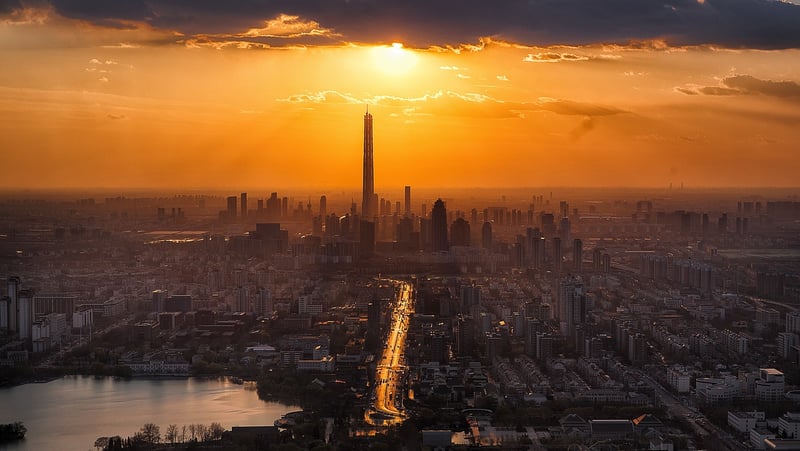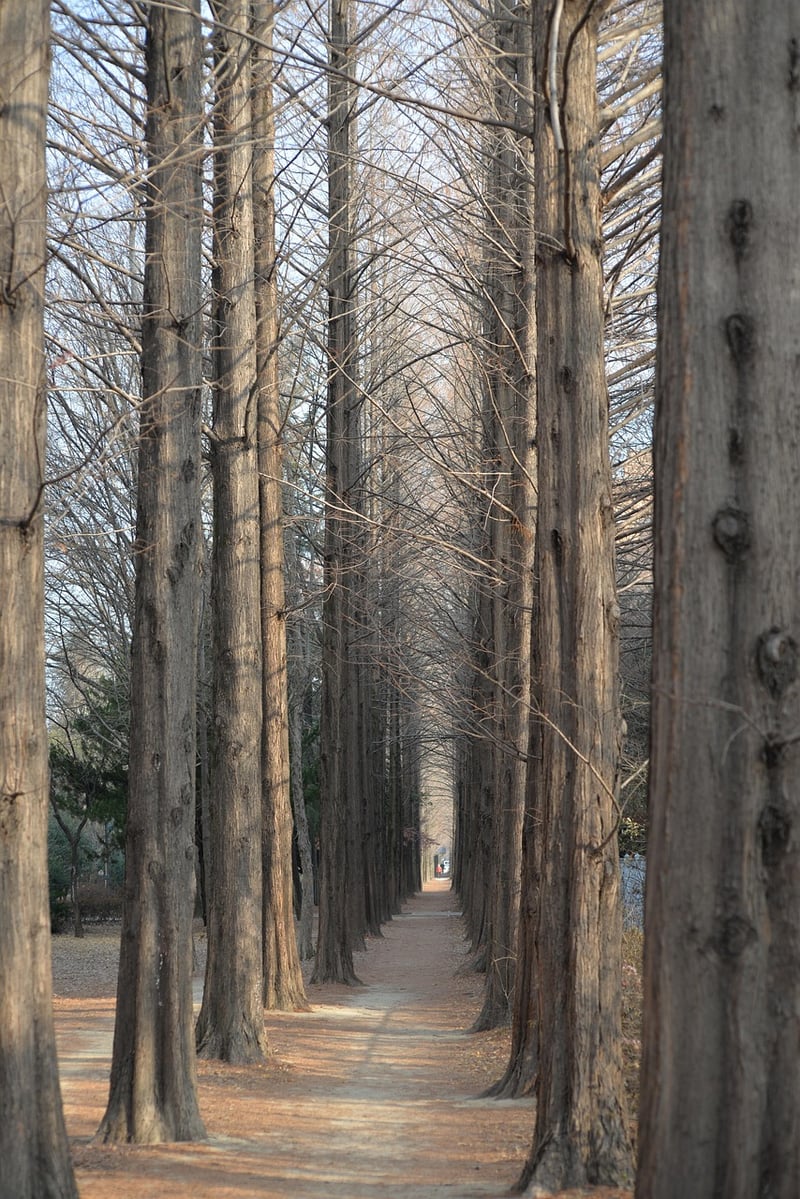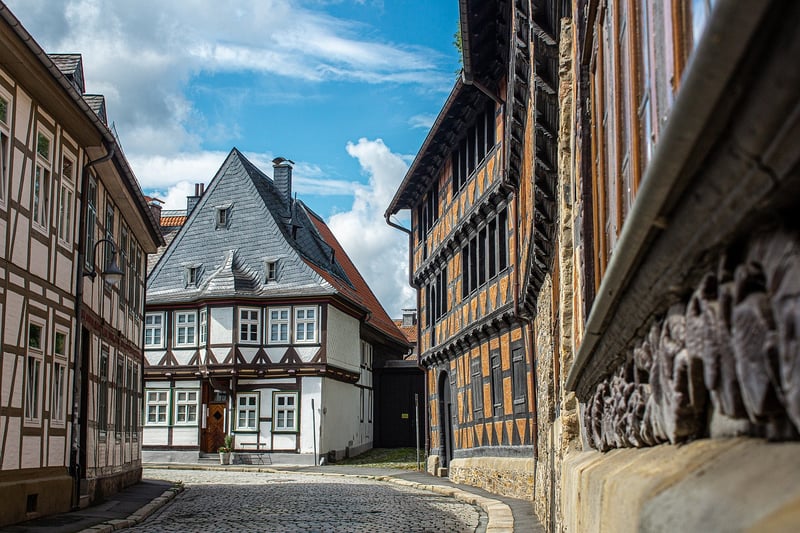Green Alleys
Creating Natural Environments in Cities

As urban areas expand, it becomes increasingly important to create natural environments within cities to promote biodiversity, improve air quality, and enhance the overall quality of life for residents. One innovative way to achieve this is through the concept of Green Alleys.
What are Green Alleys?
Green Alleys are alleyways or passages that have been redesigned and repurposed to incorporate green infrastructure, such as trees, plants, and permeable surfaces. These green spaces help mitigate the urban heat island effect, reduce stormwater runoff, and provide habitats for wildlife.
Benefits of Green Alleys
- Improved air quality
- Reduced heat island effect
- Enhanced aesthetics
- Increased biodiversity
- Better stormwater management
Examples of Green Alleys
Many cities around the world have embraced the concept of Green Alleys and successfully implemented them in urban areas. From Chicago to Vancouver, these green spaces not only beautify the city but also provide numerous environmental benefits.

How to Create Green Alleys
Creating Green Alleys involves a combination of landscaping, sustainable design, and community involvement. Key steps include selecting appropriate plant species, using permeable materials, and engaging local residents in the planning and maintenance of these green spaces.
Get Involved!
If you're passionate about creating natural environments in cities and want to contribute to the Green Alley movement, consider volunteering with local organizations involved in urban greening projects. Together, we can transform our cities into healthier, more sustainable places to live.
Join the green revolution today!
References:
